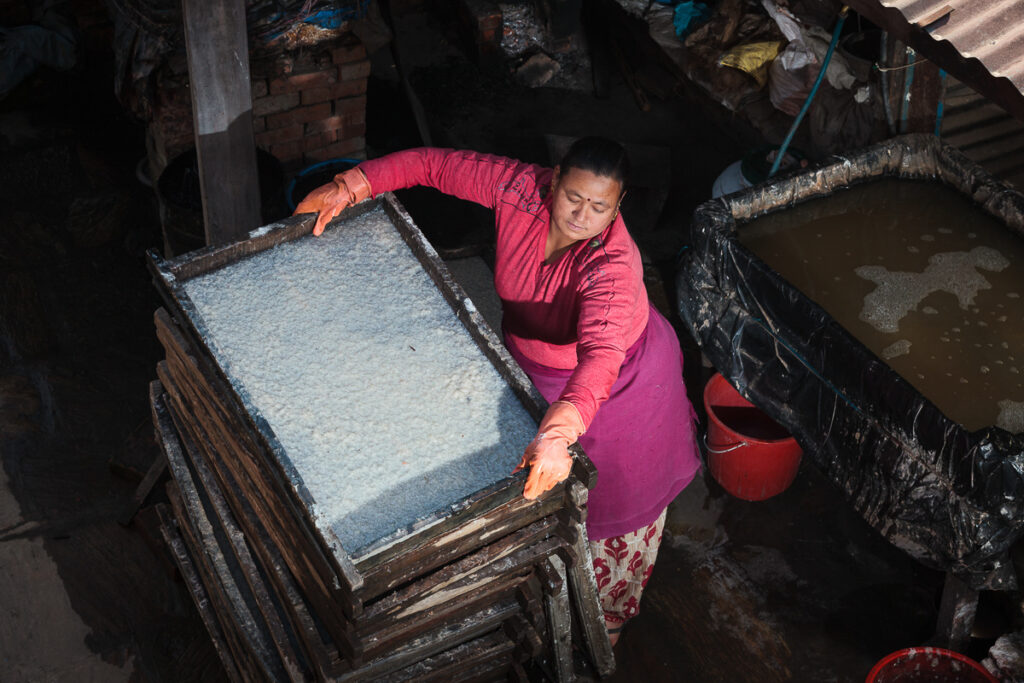
A woman lifts a frame with wet Lokta pulp from the tub behind her allowing it to drain before putting it out to dry in the sun.
Gary Wornell is captivated by the spirit of craft in Nepal and the success of Chhongnorbu Sherpa’s paper factory.
In 2012 I took part in the Kathmandu International Arts Festival and lived for a month in Patan on the south side of Kathmandu where so many of the craft workshops featured in this book are located. Everywhere you go in Patan there is evidence of craft; workshops line the streets, and the sounds of hammering metal and chipping wood fill the air. Golden statues, wooden and stone carvings, textiles, jewellery, thangkas and religious artifacts are everywhere. It is an intoxicating world of work done by hand.
My first profession was ceramics. From childhood, I had a fascination with clay and after leaving university I established my studio on the east coast of England. For 25 years I worked in that studio, a place not unlike the ones in this book. The shelves were lined with new ideas gestating, old ideas as inspiration, found objects and raw materials. For many years I worked with porcelain, that finest of white clays so familiar with the traditions of the East. But soon I started working with red clays, the natural clays of England, with a strong desire to explore and discover another world. Each material has its own qualities, its own language of form, its own spirit and it is the skill of the craftsperson to find that language and connect to that spirit.
The fine white of porcelain that dusted the shelves and surfaces of my studio eventually became the red dust of terracotta and during that transition, I felt a deep satisfaction from taking a leap into the unknown and finding my way. When the kiln was opened after a firing and the pots emerged for the first time, I had the feeling that the gods had played a part in their creation; the intense heat transforming the cold clay into objects of beauty. The gods in my world were not the gods of a particular religion or belief. They represented only a level of awareness; an intimacy and knowledge of the materials I was using, and an intuitive understanding of why things turn out the way they do. There are no shortcuts to be taken in craft. From beginning to end it requires a full commitment. Awareness is the key.
It was my years of working in craft that inspired me to start recording the crafts in the Kathmandu Valley. When the craftsmen and women saw my work on my iPad, we immediately bonded and they welcomed me into their families like I was a brother.
It takes decades to develop hand-craft skills. Each craftsperson I encountered in Nepal has been through a long period of training – and an even longer period of making. The basic techniques used in these studios are much the same as they have been for hundreds of years. The tools are much the same. In some cases, power tools have replaced the hand tools saving time, but for the most part, the artisans work as their ancestors did – just with their hands and the tools they have made themselves with knowledge passed on from one generation to the next.
I started photographing in the late autumn of 2014 during a three-month stay in Kathmandu. I talked with my two friends, Shailaja Kasaju and Anmol Bajracharya and in a few days, they had a list of workshops in the Kathmandu valley and a rough timetable put together for us to start. It was their work that made this project a reality; Shailaja’s comprehensive knowledge of the city and the people working in these crafts and Anmol’s logistics and assistance with lighting gave me access to places no tourists have ever been. We travelled the length and breadth of the valley – the two of them on Anmol’s motorbike and me on my bicycle following close behind.
On April 25, 2015, I was in my apartment in Sukedhara in the east of Kathmandu editing a video when the earthquake struck. The impact of that event had a profound effect on me. It initiated a paradigm shift in my thinking, and brought me closer to the Nepalese and their plight. Work on this project stopped suddenly. Studios and workshops collapsed and many lost workers and family. The photography continued in late 2015 and was completed in spring of 2016. These last two years have brought new challenges to the livelihoods of Nepal’s artisans. Close friends of mine and their family members have perished, and I feel a deep sense of loss not only for the sadness of losing them to the disease, but also the age-old skills that went with them when they died.
This series of articles cover both secular and religious crafts. It is hard to draw a line between them because each craft is connected to the religious and spiritual context of the Nepalese culture. The diversity of the work, the skills, the objects that emerge from these activities provide us with a comprehensive picture of the Nepalese and their lives at a time when technology is transforming the country into a modern society.
Social, economic and environmental changes in Nepal are taking place at a rapid pace. Education is providing opportunities to more and more young people in Nepal. Illiteracy is becoming a thing of the past. The Internet exposes children to a world that their parents were unaware of when they began their vocations. The life choices of the young are expanding and many are migrating to developed countries to pursue careers that are not possible at the moment in Nepal. The children of uneducated craftspeople see the world very differently to the way their parents do and they face difficult community choices in leaving the family tradition behind.
In the next two decades, skilled workers in their prime will get old and retire and there will be fewer and fewer people to replace them. Tradition runs very deep in this nation; customs and values will not change overnight, but the craftspeople in small workshops that are scattered around the Kathmandu valley will inevitably face challenges as new technologies replace the work of their hands.
Papermaking in Nepal
To the northeast of the city of Kathmandu, around Jorpati and Kapan, the small farms of just twenty years ago have been taken over by a concrete sprawl of urban development. There are very few patches of land left. There are some small farms dotted about, sandwiched between new houses, in what was once a broad expanse of rice fields and market gardens. Walking around these built-up areas, I found small workshops on the ground floors – shutters open and people crouched over their work making everything from drums and incense to prayer flags and copper carvings. In the occasional clearing between the tall houses, there would be a field of brightly coloured papers stretched out drying on metal sheets leaning on wooden fences.
There are dozens of lokta paper makers in this part of town. Once on my way to buy vegetables at the evening street market in Jorpati, I was seduced by the glistening papers set like solar panels toward the afternoon sun. I hunted around for a way in and wandered through the yard as workers stripped the dried paper from the metal plates and children chased a beaten up football between the drying racks. At the far end of the field, flimsy-looking lean-tos covered raw materials in rice sacks, and strips of soggy bark heaped against a wall. Plastic tubs with paper pulp full to their brims stood next to a red brick shed where crazy leaning piles of paper were streaked with the fire of the evening light.
- Raw Lokta bark is cooked for some hours to bleach and break down the fibres so they can be suitable for paper.
- Women at Chhong’s workshop work in pairs dipping the paper in vats of dye and then brushing the colour evenly onto metal sheets which will dry in the sun.
- Lokta died paper drying on metal sheets in the sun in Kapan, Kathmandu.
Since the start of the Covid-19 pandemic in 2020, paper production, like most crafts, came to a halt. Materials could not be transported from the remote regions to the city and workers were confined to their homes. Lockdown lasted four months that year and when the second wave hit in 2021 we experienced another. In 2015 I experienced a similar situation after the earthquakes. But Nepali’s are used to hardship and they adapt to survive.
Lokta paper is made from a local species of Daphne Cannabina or Daphne Papyracea also known to the locals as Baruwa or Kaagte Paat. It grows best at heights above 2000 meters in the Himalayan forests. The bark is harvested by women providing them with an income and from high up in the hills, it finds its way down into the valley and into these workshops; a chain of economic benefits that provide employment opportunities for many. The paper is highly resistant to insects and after harvesting, the plant regenerates itself to maturity in just four to five years.
The tradition of papermaking goes back almost two thousand years in Nepal, and yet just fifty years ago the craft almost died out. Cheap mass-produced imports from India flooded in, virtually eliminating production, and it wasn’t until the 1970s that interest from the international community encouraged the development of national parks and forest-based industries supporting the planting of lokta. Nowadays, because of its archival properties and physical strength, it is used for official government documents including certificates and citizenship papers and is exported all over the world as wrapping papers, gift boxes and greeting cards.
- A selection of Chhong’s coloured paper stock stacked in his workshop in kapan, Kathmandu.
- Coloured envelopes on a shelf in Chhong Sherpa’s workshop in Kapan, Kathmandu.
- Stack of random coloured sheets of Lokta.
- Coloured Lokta papers.
Chhongnorbu Sherpa’s paper factory is nested between a Buddhist monastery towering above storage sheds and local houses in a small field in Kapan. He started making paper at the age of fifteen when he first arrived in Kathmandu from his village, working with his relatives, learning the craft. Fourteen years ago he started his own business, Himalayan Spirit Paper. Inside a new, long, breezeblock and corrugated iron building, shelves at one end are stacked from floor to ceiling with papers of every colour bound together with paper string. Since the start of the pandemic Chhong’s business has suffered as have many other artisans and he has set up a small kitchen in his workshop cooking takeaway meals for the local community. For the moment the papermaking is on hold, as it was after the earthquakes of 2015.
There is so much variety in Chhong’s production. The colours and textures are intoxicating. From heavy thick natural fibres to silky smooth and thin translucent papers, each sheet is unique. Flower petals and fine leaves are embedded in the making stage and tiny accents of colour are delicately spread over the surface. The papers are decorated with fine patterns of silver stars and floral patterns very much like the textiles worn by the Nepalese. There are so many colours in Nepal.
I have visited Chhong many times over the years: watched his workers out in the field pouring cups of pulp from large vats onto the screens in the hazy heat of the day. Their hands worked into the floating mass spreading it evenly around the screens, one sheet at a time. Women worked in pairs under a canopy, laying sheets by their corners onto the oily slick vat of dye, waiting a few seconds for the bright colour to absorb before lifting them out to dry once again.
At a large worktable in the studio, women sat with small pots of glue, cutting shapes, folding envelopes or wrapping the paper around cardboard forms. Occasionally there were visitors—Europeans ordering for charity shops back home—the profits going to development projects or new schools. Chhong works hard to promote the handmade paper industry. His passion for his craft is evident in his broad grin and laughter. There are so many obstacles to overcome but the positive energy and joy for the work he is doing radiates from his conversations. He oversees the plantation of new lokta, works in collaboration with other makers, and is a member of HANDPASS the Nepal Handmade Paper Association. Most of the product goes abroad but here in Nepal, it is used more and more. Small workshops and papermaking factories continue to expand in the Kathmandu valley.
In the monasteries, the monks chant the scriptures bound in long narrow lokta books. The incense makers cut sheets of lokta into thin folded strips and pour the ground resins along the groove in the paper before twisting to bind them together. Khukuri knife makers do their final inspection of blade and sheath before taking a sheet of heavy lokta and folding it into a simple package. It seems that in Nepal the handmade paper industry is thriving.
Link to social network: facebook.com/chhong.sherpa1
About Gary Wornell
 Gary Wornell is an artist, photographer, film-maker, master print-maker, photojournalist, author and independent curator. A Canadian citizen, Gary has lived for extensive periods in the UK, Finland and Nepal. He divides his time between Finland and Nepal. In the last three years, he has worked as OECD-Finland-EU Social Protection Systems mobile device video trainer in Kyrgyzstan, Ethiopia, Cambodia and Zambia. He is currently active as design and marketing consultant to the Nepal infant clothing enterprise – Kokroma.com setting up their online shop, social media presence and developing production tools and methods for the clothing brand’s workshop in Kathmandu. He is book designer, photographer and author of Treasure of Nepal, Maahenki Finland 2016 – ISBN-10 9523010824 and designer Co-Author of Crafting a New Future for Nepal’s Traditional Artisans, PAF-The World Bank Group 2018 ISBN-9789937036511.
Gary Wornell is an artist, photographer, film-maker, master print-maker, photojournalist, author and independent curator. A Canadian citizen, Gary has lived for extensive periods in the UK, Finland and Nepal. He divides his time between Finland and Nepal. In the last three years, he has worked as OECD-Finland-EU Social Protection Systems mobile device video trainer in Kyrgyzstan, Ethiopia, Cambodia and Zambia. He is currently active as design and marketing consultant to the Nepal infant clothing enterprise – Kokroma.com setting up their online shop, social media presence and developing production tools and methods for the clothing brand’s workshop in Kathmandu. He is book designer, photographer and author of Treasure of Nepal, Maahenki Finland 2016 – ISBN-10 9523010824 and designer Co-Author of Crafting a New Future for Nepal’s Traditional Artisans, PAF-The World Bank Group 2018 ISBN-9789937036511.


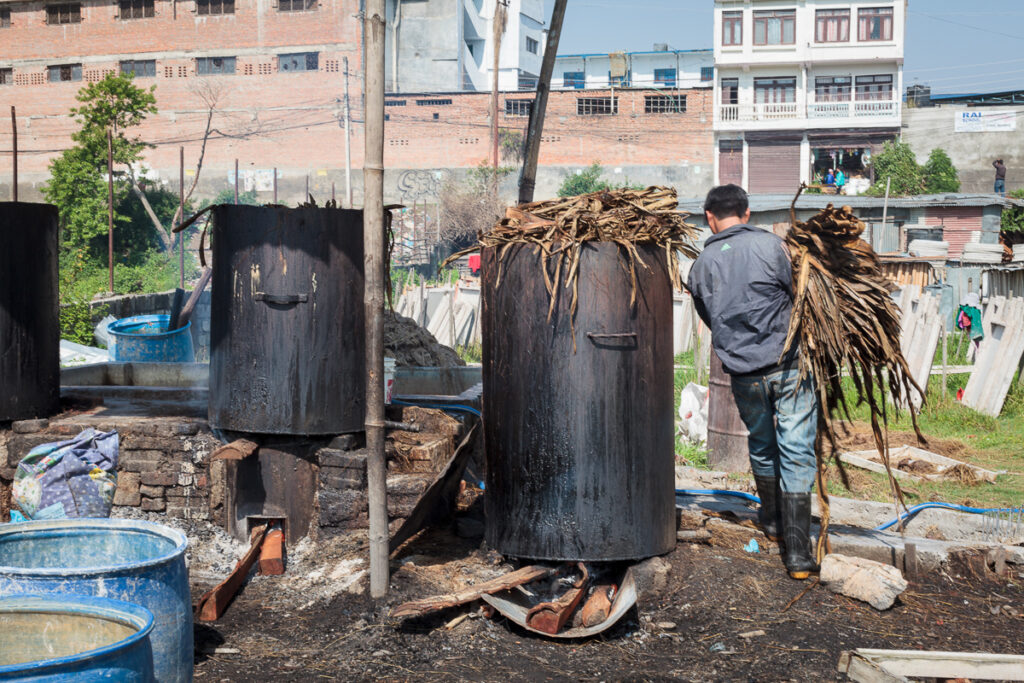
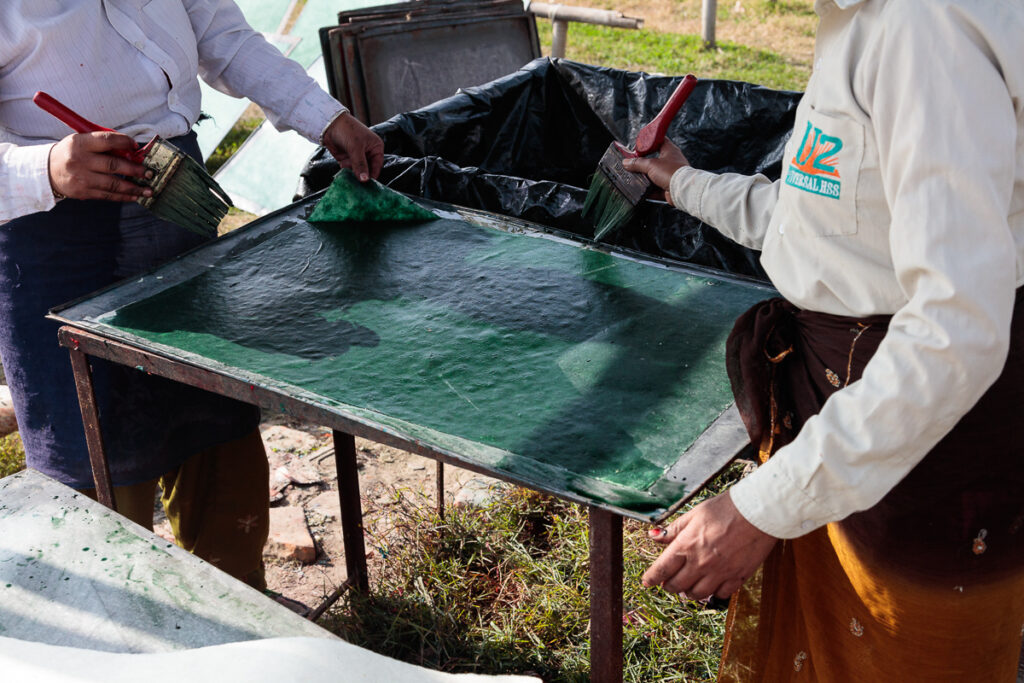

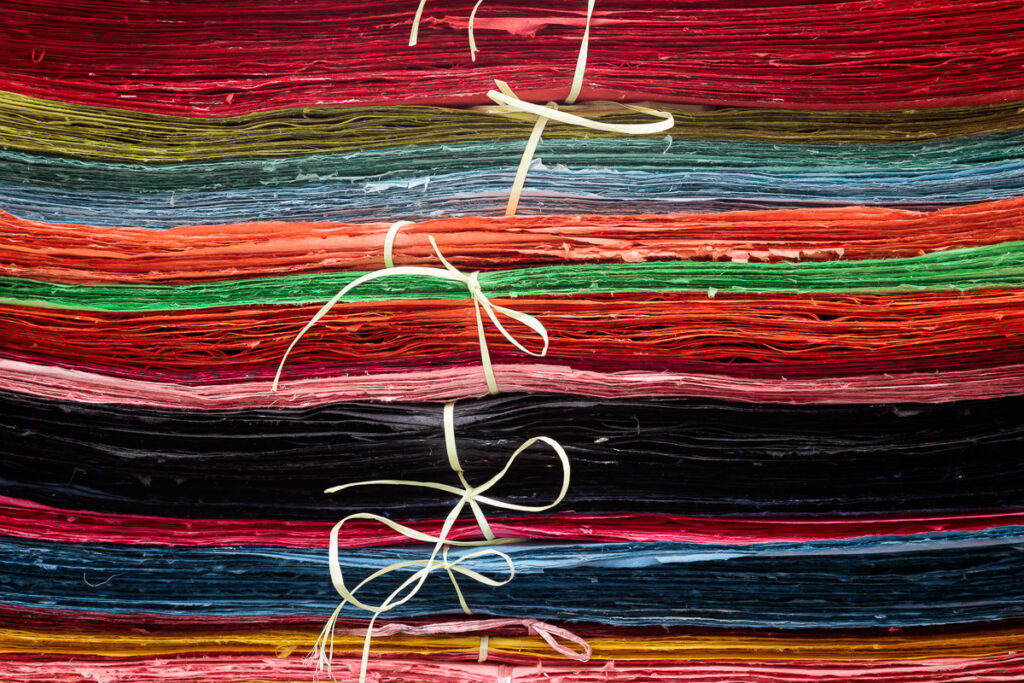
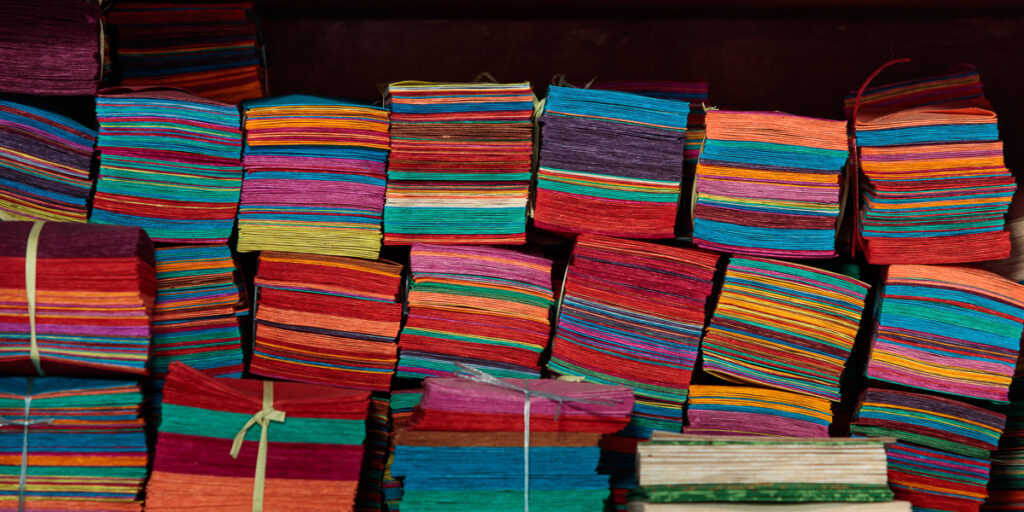
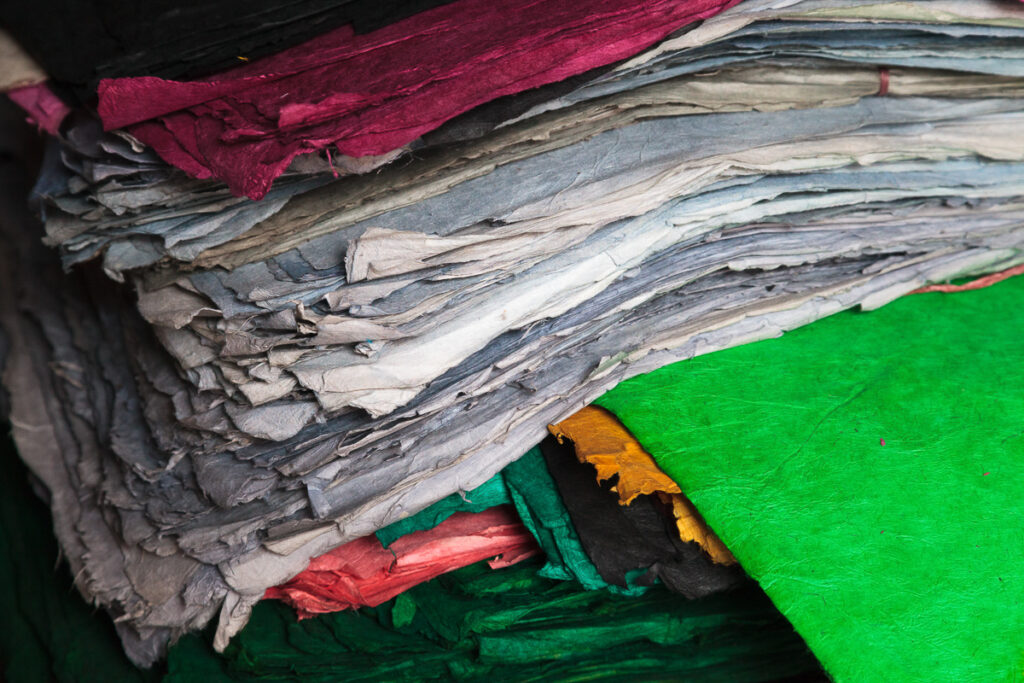
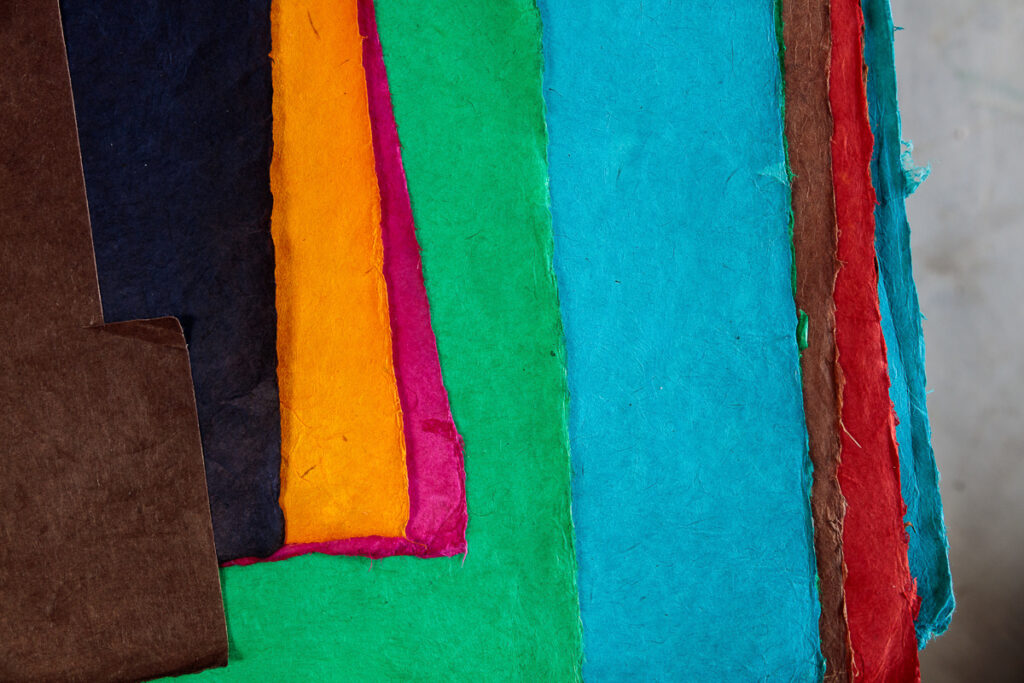
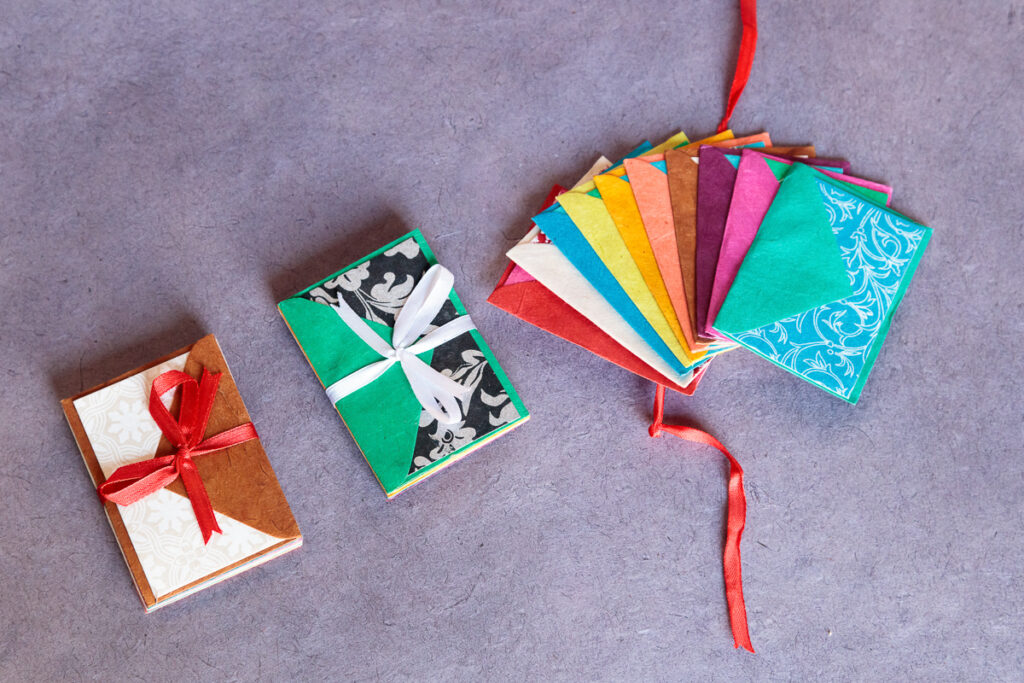

Comments
Gary I have just enjoyed reading of your experiencesand reflections on Nepali craft, thanks. Hopefully as appreciation for the same deepens the link between this current generation of artisans will not be lost as younger makers see the value of the handmade.